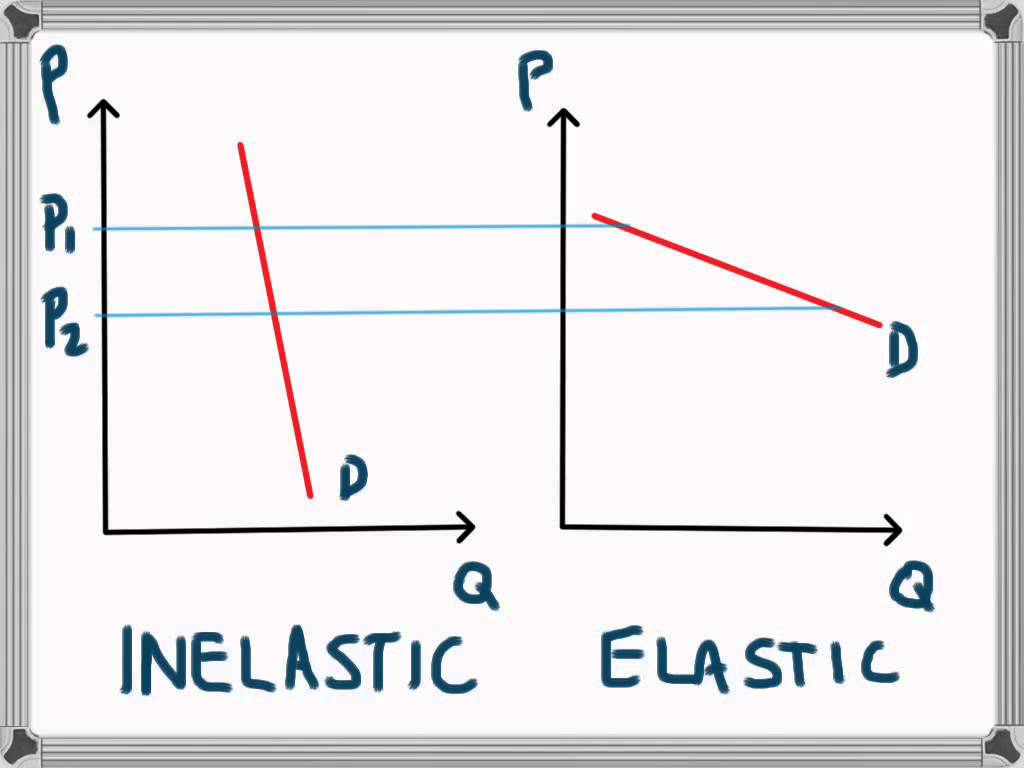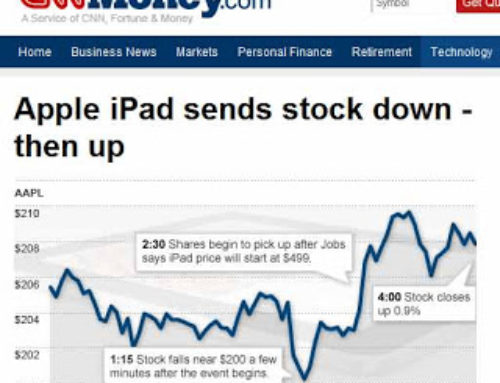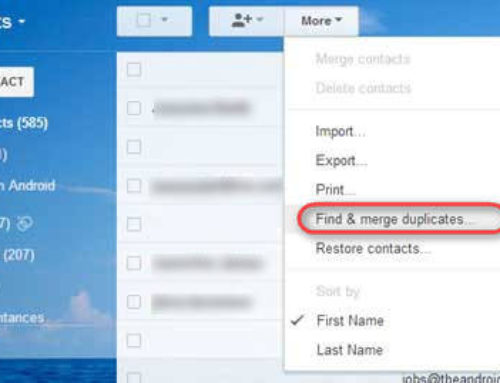We work with a client in the consumer electronics industry. Recently ASP (average selling prices) in a certain category have collapsed…down almost 80% in 18 months. Despite large increases in unit volumes, the effect of lower prices have actually caused aggregate sales (and margins) in the category to decline. Smaller, niche players are being edged out by larger, higher-volume competitors.
Since there is quite obviously no cooperation among competitors, the root causes are predictable:
- Too many competitors chasing too few customers;
- Indifferent distribution “strategies” that emphasize short-term factory volume over long-term channel health;.
- Sclerotic supply chains (especially among offshore suppliers) that can’t adjust production quickly to avoid inventory gluts; and,
- Fundamental misunderstanding of price elasticity in the category.
The consumer electronics industry has always been guilty of sins #1-3. Rabid consumer fascination with “new” gadgets will always breed a certain amount of waste. chasing the next “hot” product.
Sin #4 is simply a sin of hope over logic. The product in question — front projectors for installation — is an interesting case. Buying and installing a front projector for home theater requires a major commitment by the customer: a special, dedicated room, acoustics, seating, sound, etc. It is not a casual decision and certainly not something stimulated by low prices on one component — the projector.
So, while the ASP of a high definition front projector has plummeted from $12,000 to $3,000, units sold have not quadrupled to at least break even. And, since volumes have not exploded, assumptions about contribution margin have likely disappointed all competitors.
New applications and segments have been created because of low prices, but dramatically lower margins are increasing risks for marginal players.
What’s this got to do with gas? Imagine if ExxonMobil (or OPEC) suddenly lowered gasoline to $1 per gallon. Obviously there would be an immediate surge in sales. Perhaps other competitors would follow suit to avoid market share losses.
After a month or so, aggregate sales (for all competitors) would plateau, then plummet. How much gas can people use? Do they have storage tanks in the garages? Will they drive longer distances because gas is cheap?
Once the mistake was caught, raising prices would be like recapturing lost innocence. A quaint idea but largely improbable.
Are you selling gas for $1 a gallon? Can you walk away from market segments ruined by ignorant, irrational competitors? Can you embrace profitable niches while ignoring the siren song of unproven unit volume forecasts?



